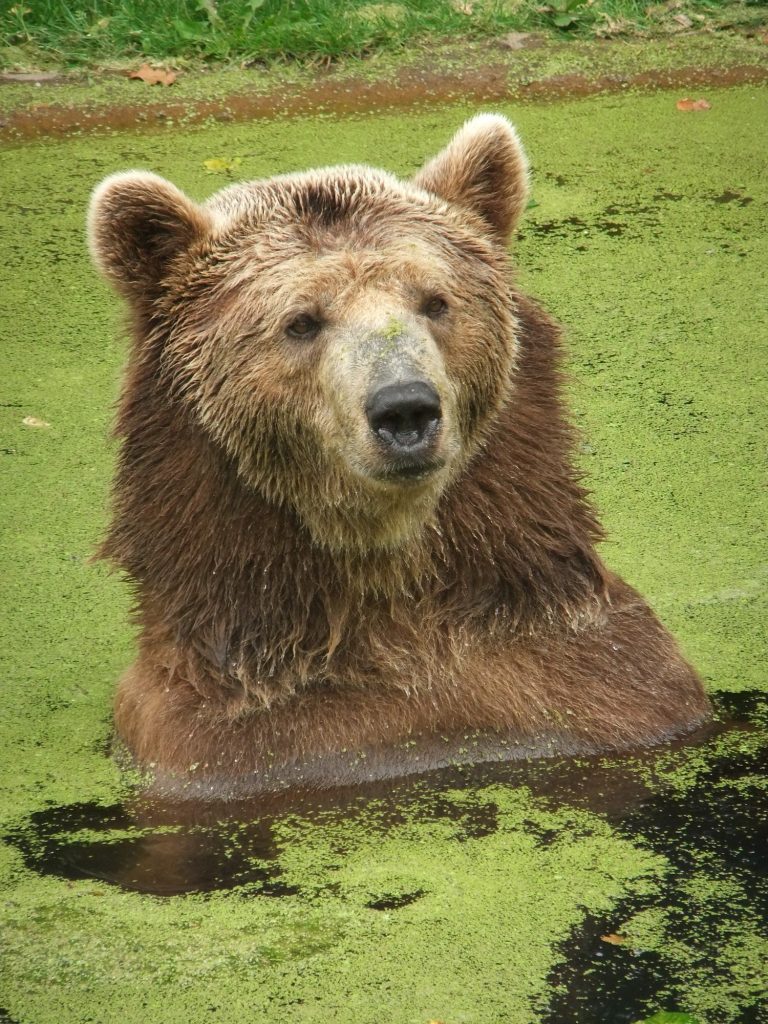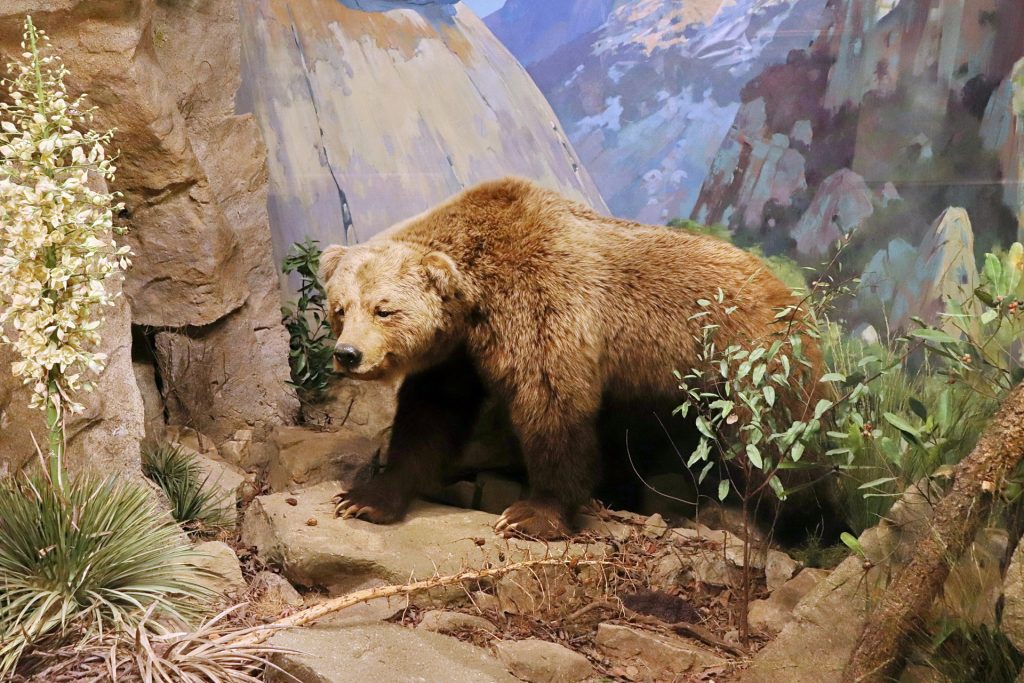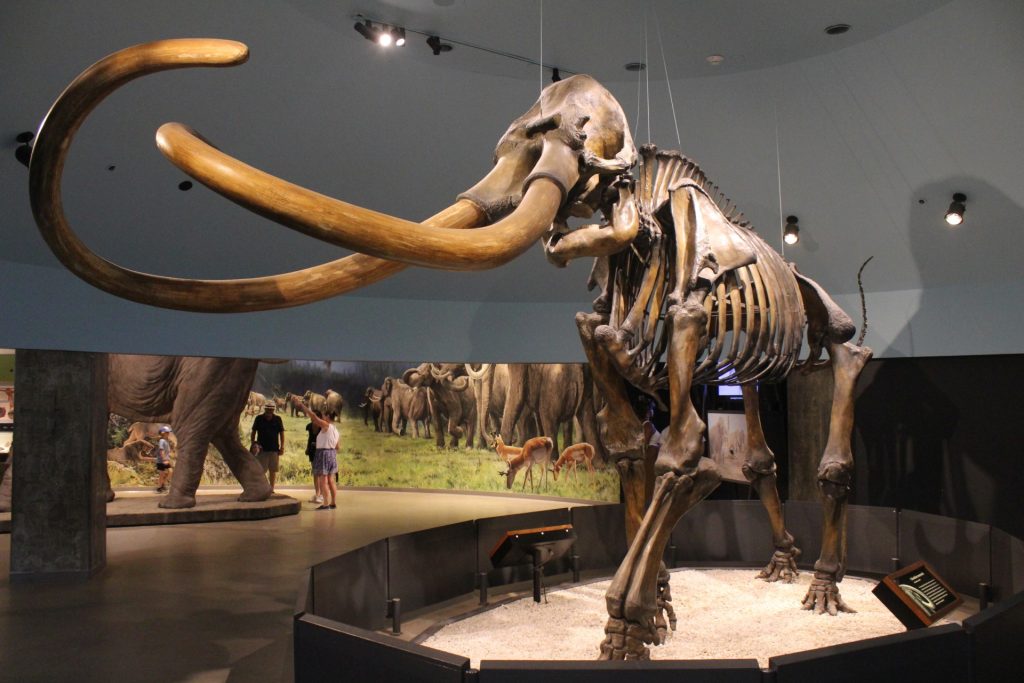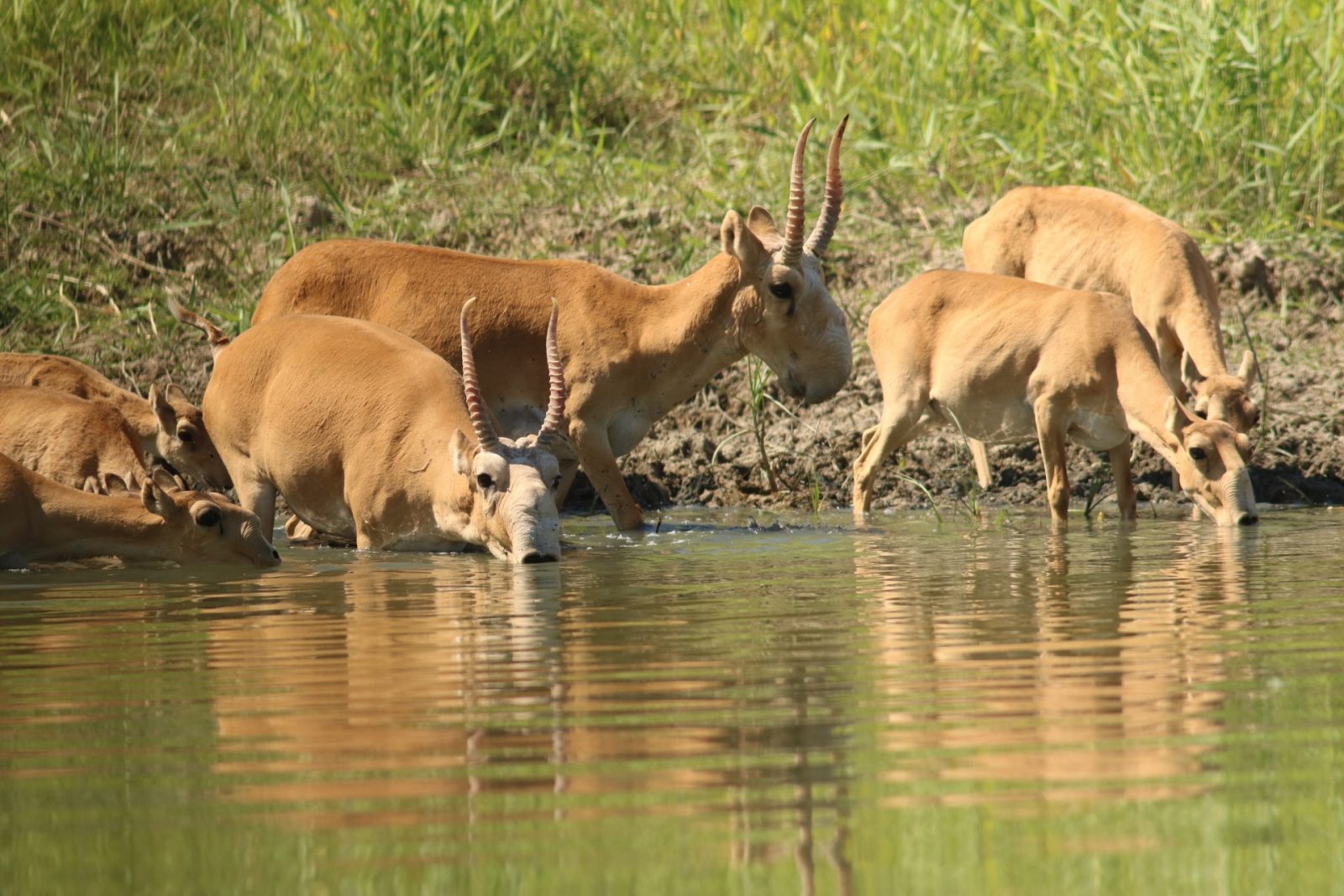
Last month, the Slovakian cabinet approved plans to cull around 1 quarter of the bear population in the country (currently at around 1300) after some high profile fatal encounters between humans and bears.
It is unclear what the actual carrying capacity of Slovakia, and indeed this is often the problem. The government decides what the carrying capacity is of the land, they set quotas for hunting them and they reap the money for hunting permits, as well as having to deal with any livestock predation. These different requirements are often lead to different groups having different desires and therefore results can be skewed to support a decision which is not in the best interest of the country or the population.
Having carrying capacity and population size done by truly independent researchers would help with this, but in most countries, this independence is not real, with the government holding the purse strings or similar power over future studies.
A reduction of a quarter, is a large step, will change the population makeup significantly and is likely to greatly disrupt bear tourism to the country.
Tourism revenue for this country has hovered between 1 and 2 billion dollars in recent decades, and while it is hard to pinpoint exactly how much of this is to do with wildlife, and particularly bear tourism, it is thought that a majority do some sort of ecotourism while in the country – therefore care must also be taken to not destroy this important income for the country.















